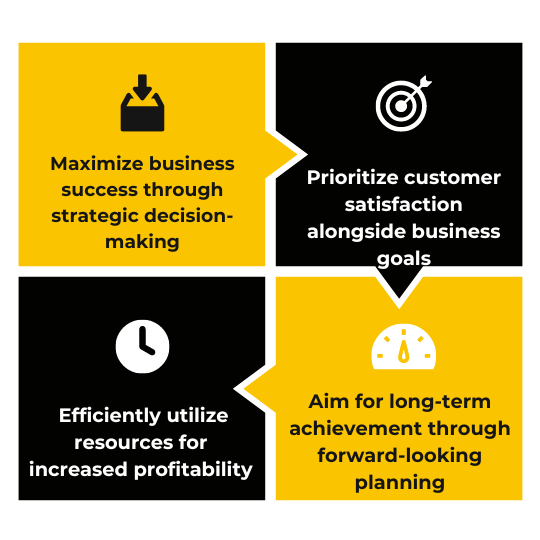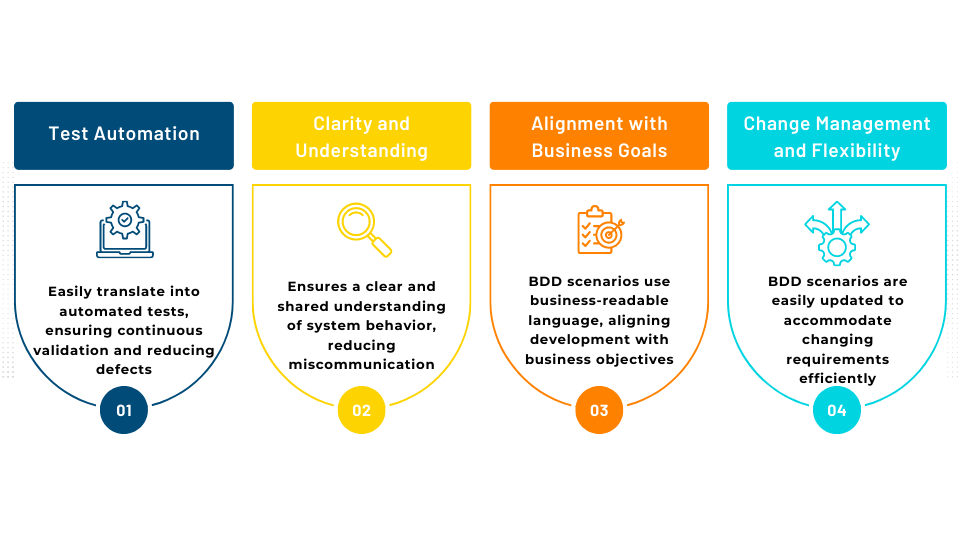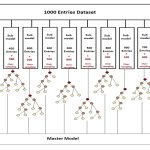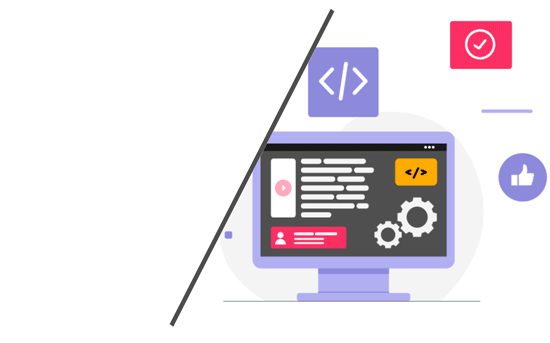Business and Functional Focus in Behavior-Driven Development
In this blog, we will explore how adopting a Business and Functional centric approach can elevate the success of BDD implementations. By delving into the core principles of these two approaches, we will reveal how they synergize to create a robust and adaptive BDD process. This combined approach caters to the unique needs and cultures of organizations, fostering collaboration and ensuring that software development aligns effectively with business objectives.
Understanding Business Centric Approach
In this approach the organization’s prime concerns are channeled towards attaining its fundamental business objectives, such as augmenting revenue, market domination, customer contentment, and comprehensive expansion. This approach frequently encompasses scrutinizing prospects and obstacles from a business standpoint and reaching resolutions that align with the company’s enduring aspirations and principles.
The adoption of this approach can yield various benefits which includes enhanced resource alignment, increased operational efficiency, and a more robust competitive position in the market. Additionally, it is imperative to strike a balance between this approach and other considerations, like ethical responsibilities, social impact, and environmental sustainability, to ensure a comprehensive and responsible business strategy.

Importance of this approach in BDD
01
Alignment with Business Objectives
By prioritizing business goals, BDD ensures that the development team works towards achieving actual business objectives, thereby enhancing project success probabilities
02
Validation of Features and User Stories
With a focus on business value, BDD assists in validating whether the developed features and user stories truly benefit the business
03
Maximizing ROI (Return on Investment)
By prioritizing business value and customer needs, BDD aids in optimizing development efforts for maximum return on investment
Understanding the Functional Centric Approach
A Functional Centric methodology refers to a technique used in BDD where the design, growth and development, and assessment of software are all based on the aimed capabilities and behaviors of the program as seen from the perspective of the end users. The key to this approach is to clearly comprehend and articulate every aspect of the application, focusing on “what” the application should accomplish rather than becoming bogged down in the minute details of “how” it should be implemented.
Importance of this approach in BDD

Best Practices for Implementing Business and Functional Centric BDD
- Collaboration is key: BDD emphasizes teamwork and effective communication among Business Analysts, Developers, and Testers
- The superhero analogy: Imagine your BDD team as a squad of superheroes joining forces to fight software bugs.
- Functional Centric BDD as a blueprint: This approach serves as the foundation for your superhero headquarters, ensuring efficient design and implementation
- Start with clear requirements: Define precise user stories to set the stage for successful BDD implementation
- Writing feature files: Learn the art of creating well-structured and readable feature files to drive the development process
- Step-by-step scenario development: Master crafting scenarios that thoroughly test your application’s functionality
- Automate those tests: Discover the magic of test automation and how it boosts your superhero team’s efficiency!
In conclusion, adopting a Business and Functional centric approach in BDD is vital for delivering top-notch software products. By fostering collaboration, aligning with business goals, and focusing on user-centric functionality, BDD becomes a powerful driver of customer satisfaction and business success. Embracing this approach ensures software development remains efficient, adaptable, and customer-focused, laying the foundation for continued excellence in the industry.
I explored the fundamental concepts of BDD (Behavior-Driven Development) in my previous blog, highlighting its significance as a collaborative process bridging the gap between business stakeholders and technical teams. In case you haven’t had the chance to read my previous bog, I strongly recommend doing so to lay a strong foundation A Beginner’s Guide to Behavior-Driven Development (BDD)
Don’t forget to check out this amazing post on How BDD and Cucumber enable Business-Driven Development








